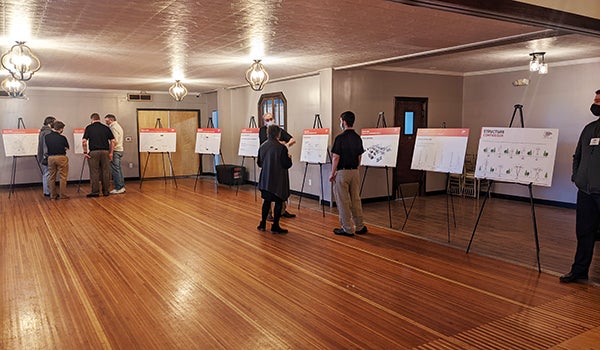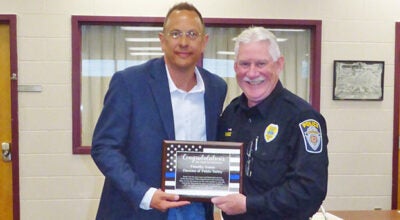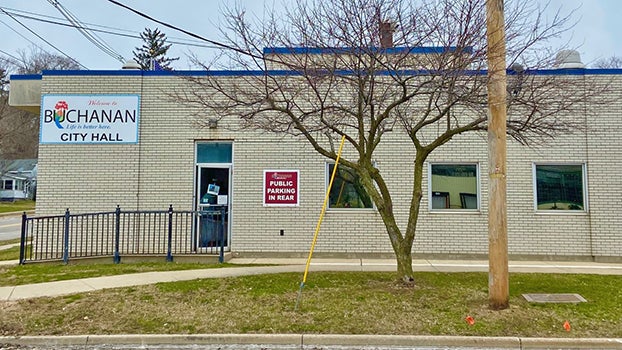Indiana Michigan Power announces $66 million Niles Area Transmission Improvements Project
Published 9:00 am Saturday, April 2, 2022
|
Getting your Trinity Audio player ready...
|
NILES — A multi-million dollar project to strengthen the electrical network in Berrien and Cass counties is now underway.
Indiana Michigan Power recently announced plans to invest approximately $66 million to enhance the electrical network in Berrien and Cass counties as well as St. Joseph County, Indiana in the form of the Niles Area Transmissions Improvements Project.
The NATIP involves upgrading or expanding three substations, building two new substations and building approximately 3.5 miles of high-voltage transmission line to connect the new substations to the electrical network.
“The Niles Area Transmission Improvements Projects enables Indiana Michigan Power to upgrade and replace aging equipment, some of which have been in operation since the 1960’s,” said Mona Livingston, I&M Community Affairs manager. “This project will also enhance reliability for decades to come in the Michiana area and support our area’s economic and residential growth.”
Crews plan to complete the project in three phases, listed below, with construction beginning in fall 2023 and concluding in spring 2024:
- The Niles North component, located in Cass County, involves expanding the existing 69-kilovolt Kenzie Creek Substation, rebuilding the 138-kV Pokagon Substation and building approximately 1.5 miles of new 69-kV transmission line.
- The Niles Central component, located in Berrien and Cass counties, involves building the new 69-kV FourFlag Substation, upgrading the 69-kV Lake Street Substation, retiring 2.5 miles of 34.5-kV transmission line and building a half-mile extension of 69-kV transmission line to connect the new substation to the electrical network.
- The Niles South component, located in St. Joseph County, Indiana, involves building the new 138-kV Boundary Substation, building 1 mile of 138-kV transmission line and building a half-mile 69-kV transmission line.
“Indiana Michigan Power works hard to make sure customers have safe, reliable energy to power their lives,” wrote Senior Communications Consultant Schneè Doyle. “To do that, I&M is working to create a more reliable power delivery system. Over the three phases of the project, I&M will expand existing high-voltage lines and build new high-voltage lines, along with rebuilding substations. This will strengthen the local power grid and increase reliability for those customers who work and live in this area.”
I&M hosted an in-person open house Wednesday night at the Grand LV, 104 N. 3rd St. The open house enabled customers, community members and business owners the opportunity to meet and talk with the project team.
According to information presented to the public at the open house, I&M will implement a “comprehensive” siting process that takes land use, the environment, public input and engineering guidelines into account to develop a transmission line route.
The process is carried out in the following seven stages:
- Study area: I&M develops a study area for the project that incorporates both end points of the power line and the area between.
- Data gathering: Data is gathered for the defined study area including environmental, land use, historic and cultural resources, existing infrastructure and sensitive areas.
- Conceptual routes: The routing team uses this information to develop conceptual routes adhering to a series of general routing and technical guidelines.
- Study segments: Conceptual routes are broken up into study segments. Where two or more potential study segments intersect, a node is created, and between two nodes, a link is formed. Together, the network formed by these links is referred to as potential study segments.
- Refined study segments: As more information is gathered, the study segments are refined. Some study segments are eliminated or modified, leaving the refined study segments for further consideration.
- Alternative routes: After public input is gathered, study segments are further refined and evaluated. The most suitable segments are selected and assembled into alternative route options.
- Proposed: Alternative routes are assessed and a proposed route is chosen. The proposed route minimizes impact to the community and environment, while considering cost, line length and design requirements.
I&M representatives urge landowners and community members to submit their feedback on these projects by Monday, April 18.







